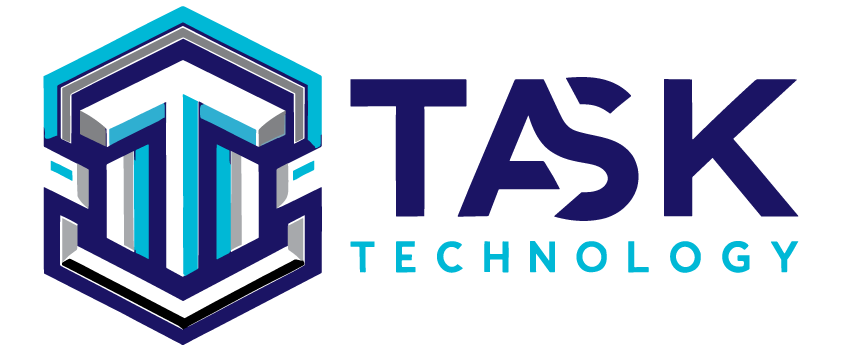SaaS Design
SaaS Design
Global UX in SaaS is crucial for user satisfaction and retention. At Design Monks, our international expertise elevates your product’s design.Trust our dedicated SaaS professionals for a globally resonant experience.

SERVICES
Our SaaS UI/UX Product
Design Services
SaaS UX Audit
Our UX evaluation ensures the optimal performance and user-friendliness of SaaS for end-users. We validate the user journey, pinpoint areas for improvement.
UX Research
By conducting user research, we ensure that your SaaS product is deeply influenced by user needs, providing a unique and valuable offering.
UX UI Design
We strive to design the SaaS UX in a manner that effectively showcases
the product’s immense value,
ultimately enhancing user retention.
UI Components
Our team of SaaS experts crafts UI components with a profound grasp of your brand, enhancing user engagement and interaction with your SaaS product.
Brand Identity
Crafting a distinctive design is our key approach to establishing a robust brand identity, enabling your SaaS business to effectively appeal to its target audience.
Data Visualization
Our team of UX design specialists guarantees that users receive information in the most streamlined way, creating a seamless and user-friendly experience.

Benefits Of SaaS Design Service
With TASK TECHNOLOGY
- Cost Efficiency
- Scalability
- Global Accessibility
- Automatic Updates
- Enhanced Security
- Quick Deployment
